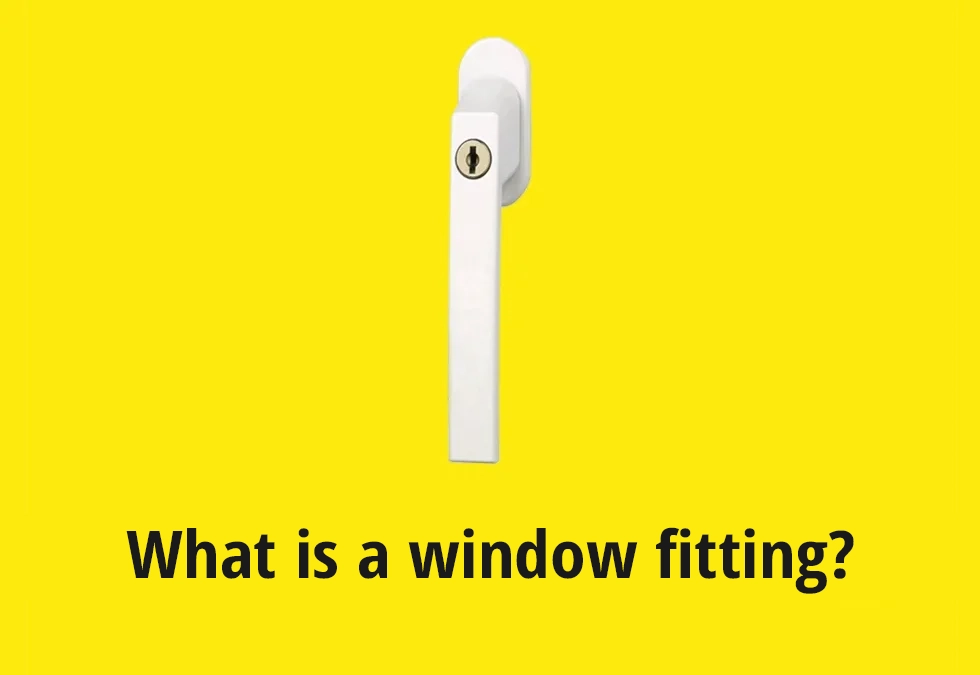
by Herbert | 19. Dec, 2023 | Lock technology
Window fittings refer to all mechanical parts for opening, closing, and tilting a window—practically all the mechanics required to operate a window. These include the hinges, the sash bearing, the frame bearing, and the locking bolt. These fittings form the link...

by Herbert | 31. Aug, 2023 | Lock technology
The electric pick is an indispensable tool used by locksmiths to open locked doors using the picking method. The electric motor-driven device creates vibrations that are intended to move the locking pins in the cylinder core into the correct position. Once the pins no...

by Herbert | 28. Jun, 2023 | Lock technology
Internal cylinders are usually attached to rim locks mounted on glass doors. If there are no glass inserts in the door, a knob is often used instead of an internal cylinder. A door with a rim lock therefore has at least one outer cylinder. Glass doors with rim locks...

by Herbert | 16. Jun, 2023 | Lock technology
Turn-knob cylinders are profile cylinders. They differ from a conventional standard profile cylinder in that with a turn-knob cylinder, the door is opened or closed from the inside by turning the knob. From the outside, the door is locked or unlocked using a key, as...

by Herbert | 13. Jun, 2023 | Lock technology
The door leaf thickness indicates the thickness of the door leaf and is a key factor when choosing the right locking cylinder. Indoors, a standard room door or standard door is typically around 40 millimeters thick. However, outdoors, especially for entrance doors, a...

by Herbert | 8. Jun, 2023 | Lock technology
The door thickness, also known as the door leaf thickness in technical jargon, indicates the thickness of the door leaf. A normal room door or a standard interior door has a door thickness of around 40 millimeters. Entrance doors or exterior doors have a greater door...









